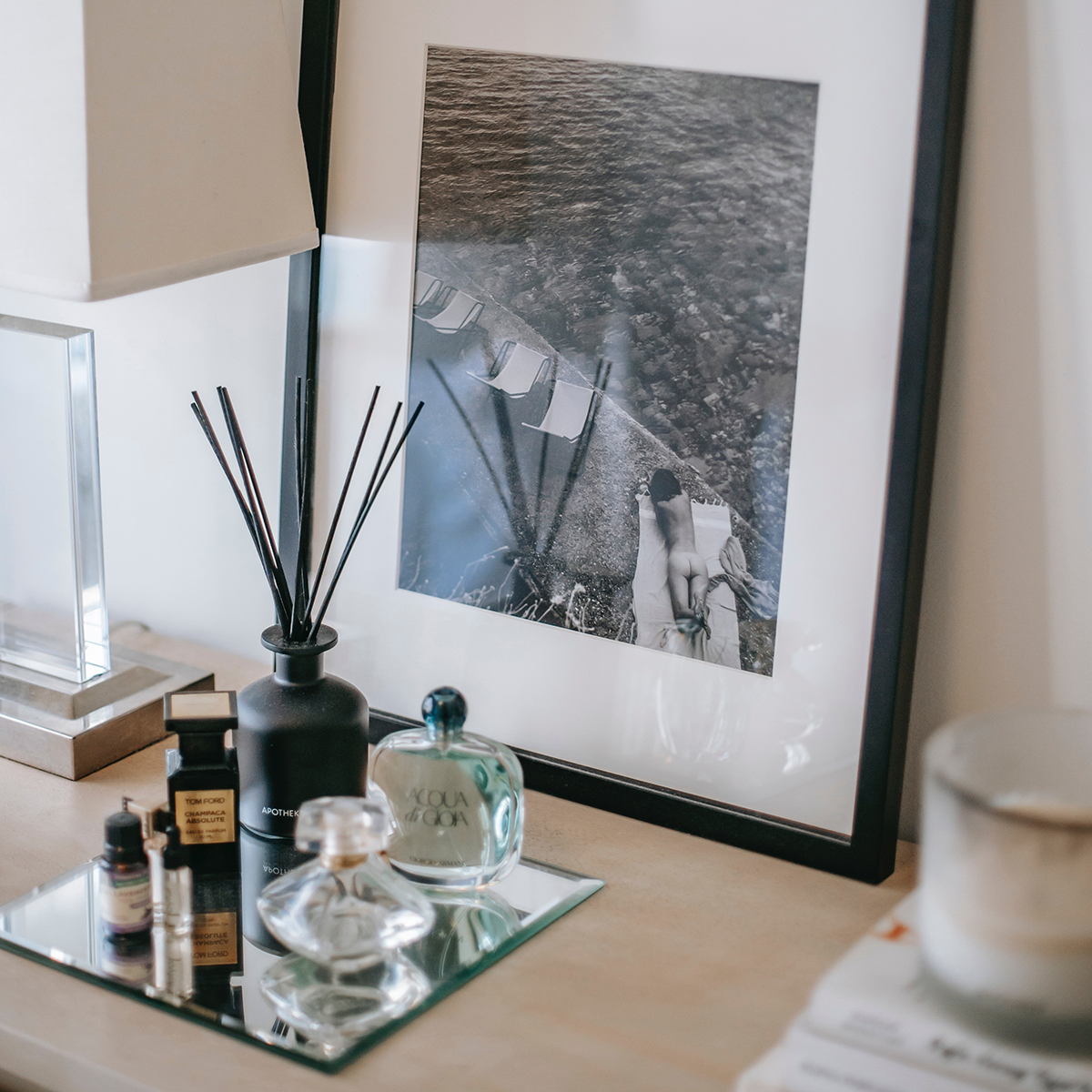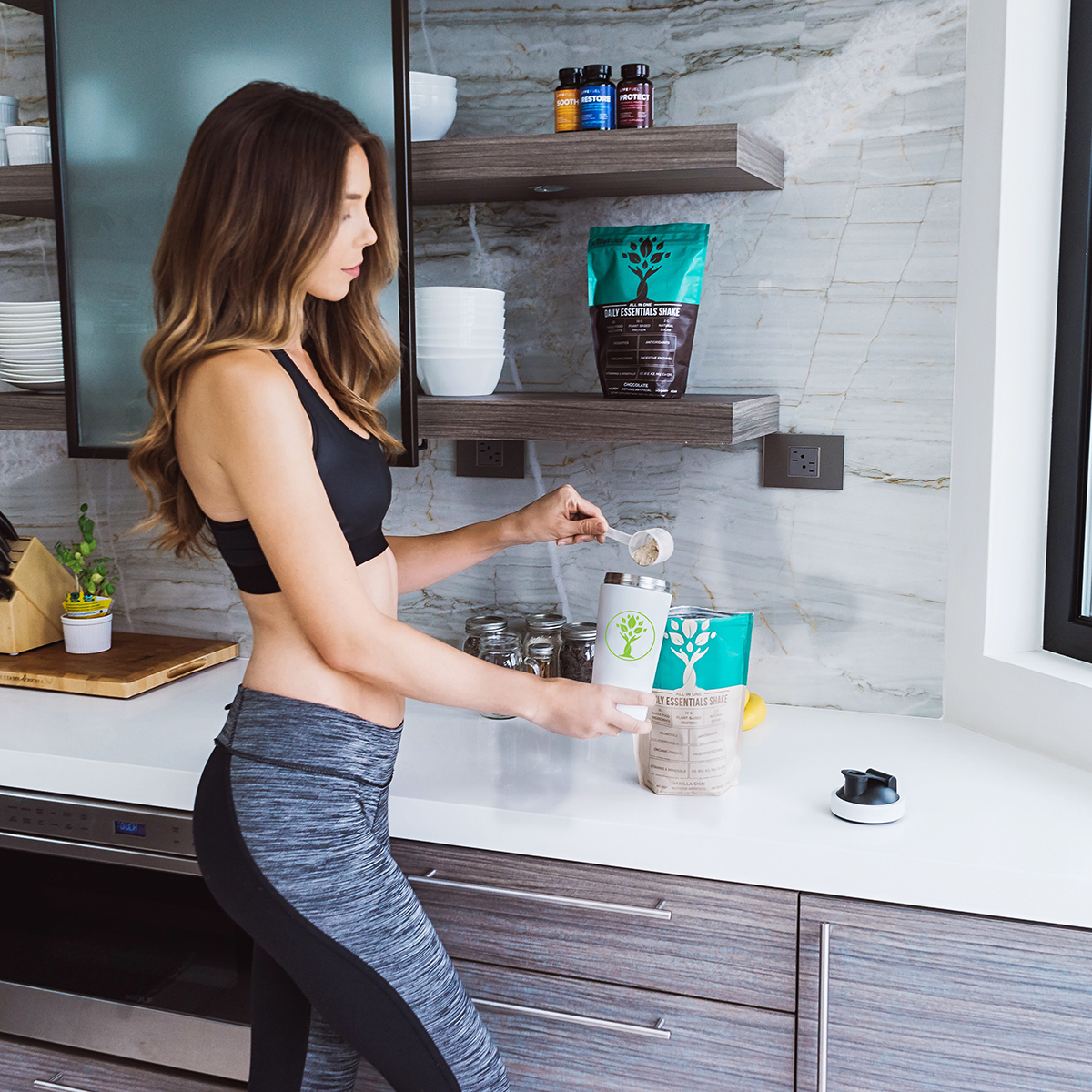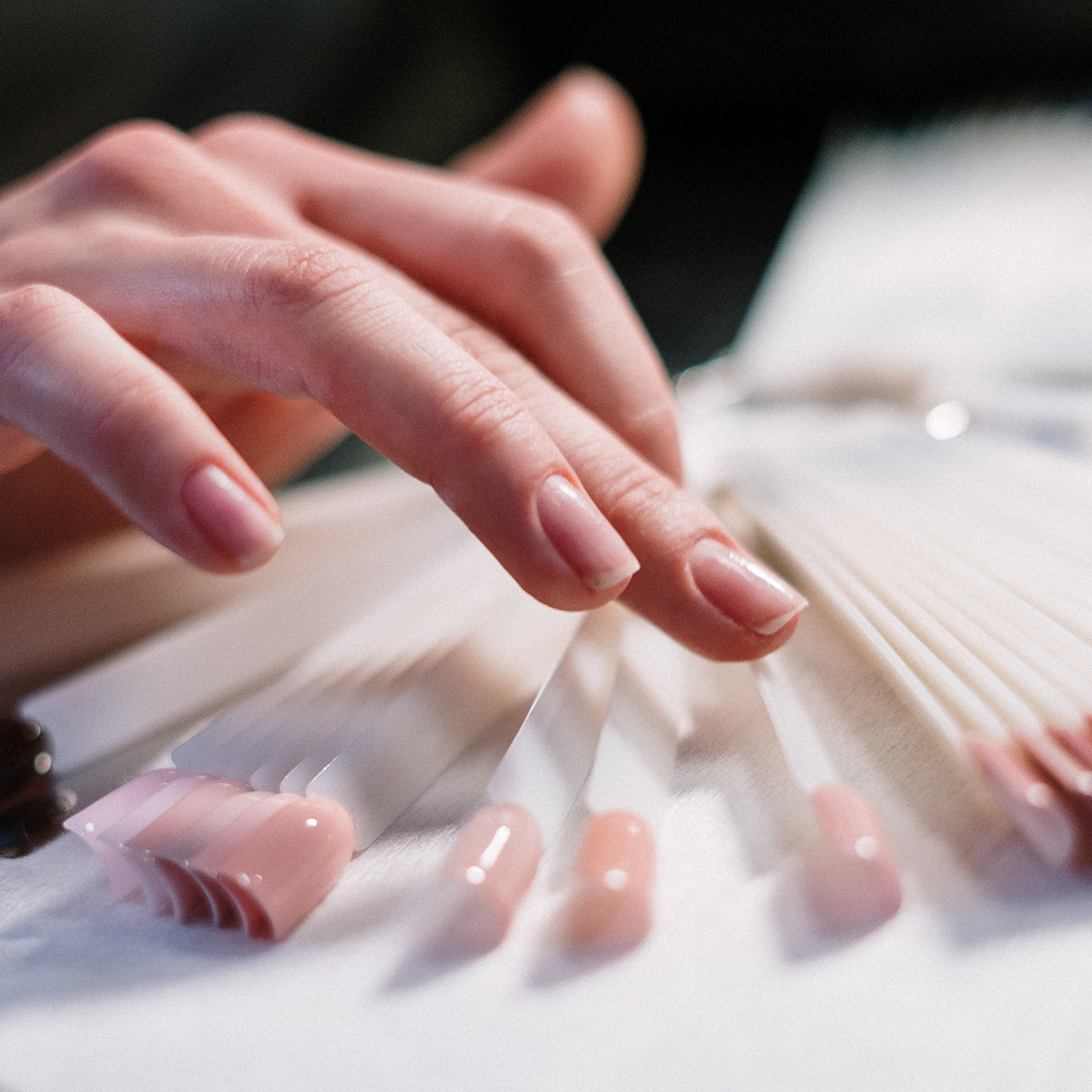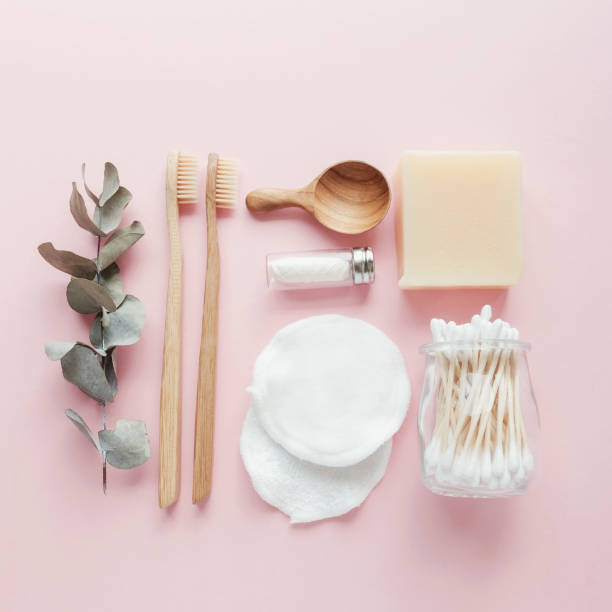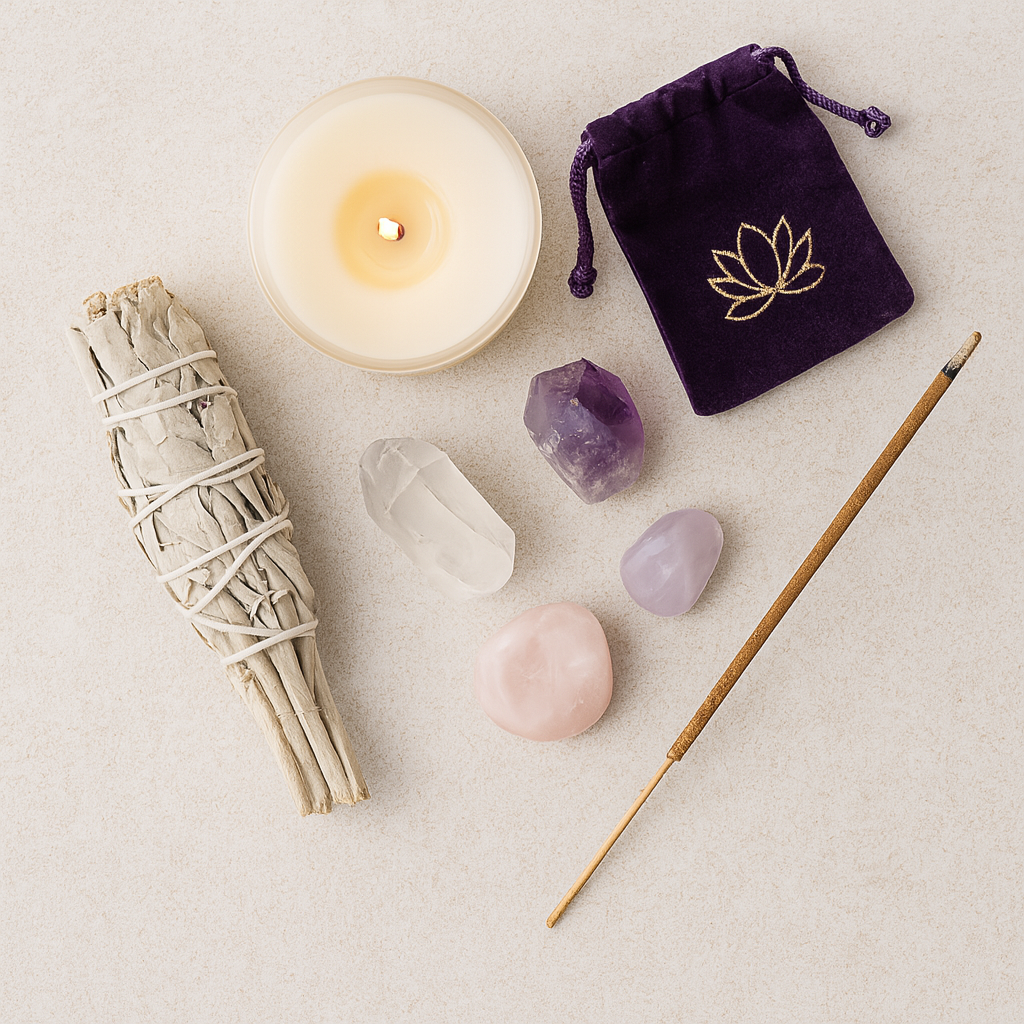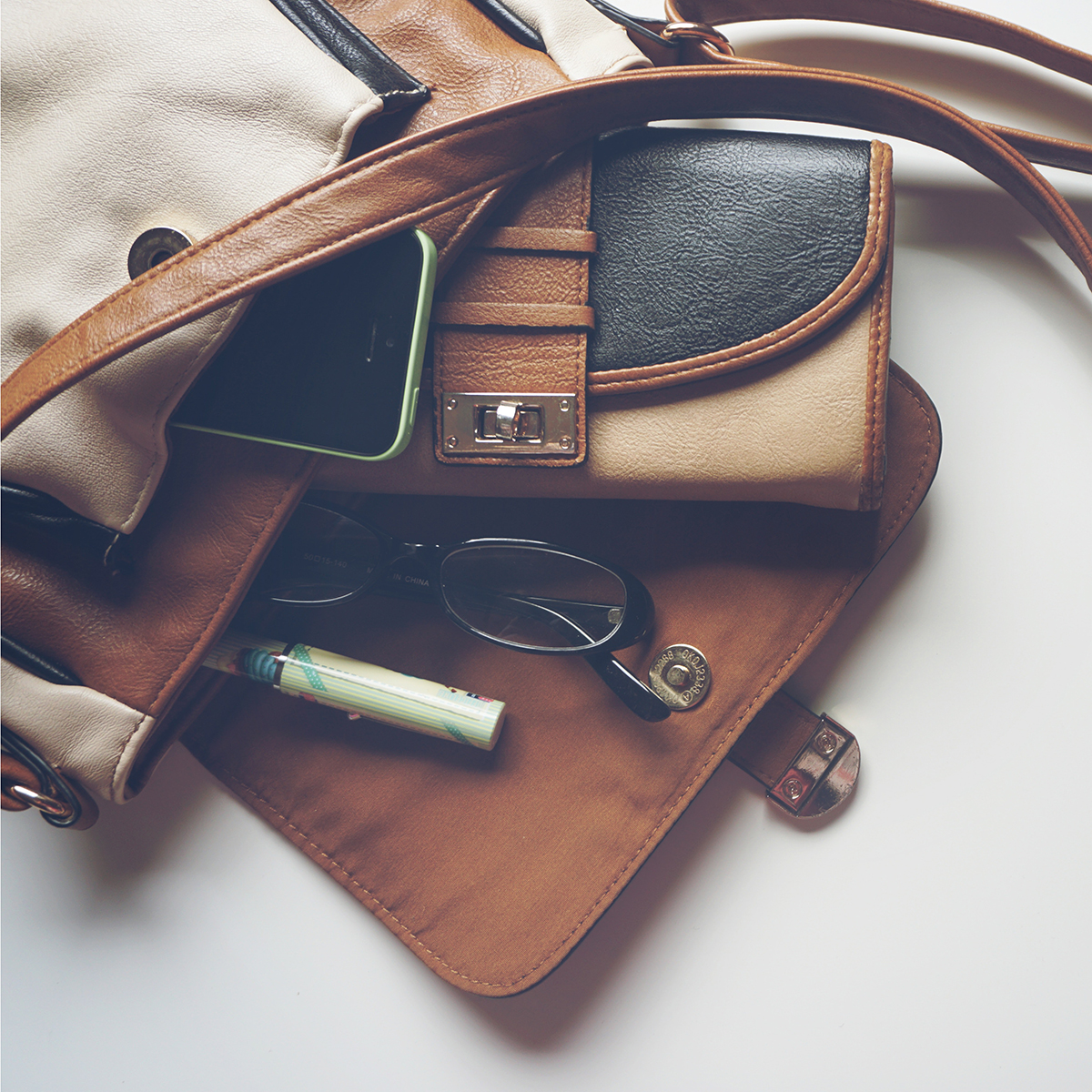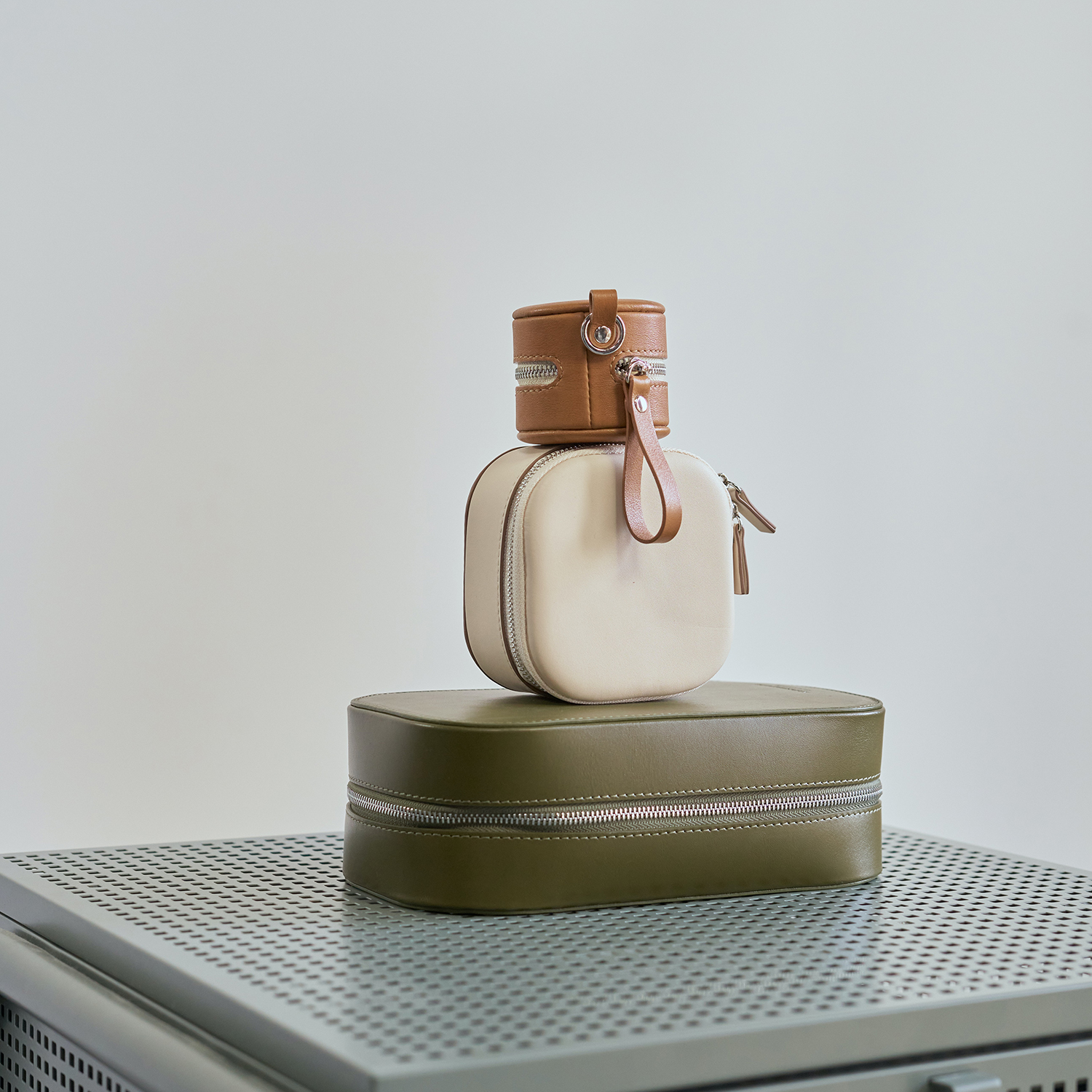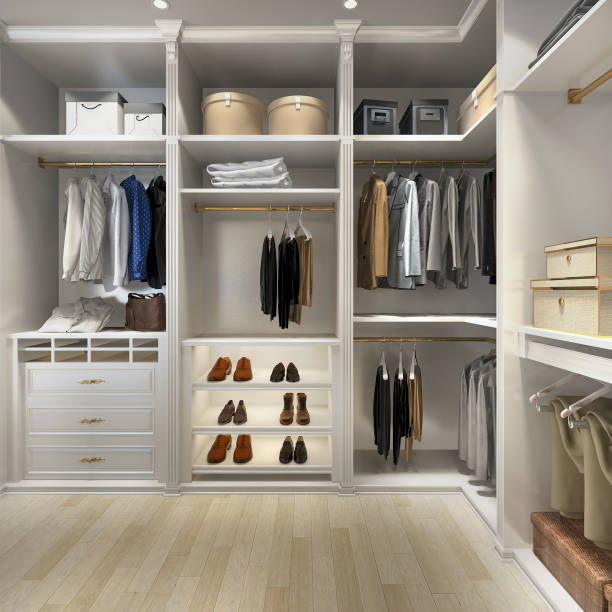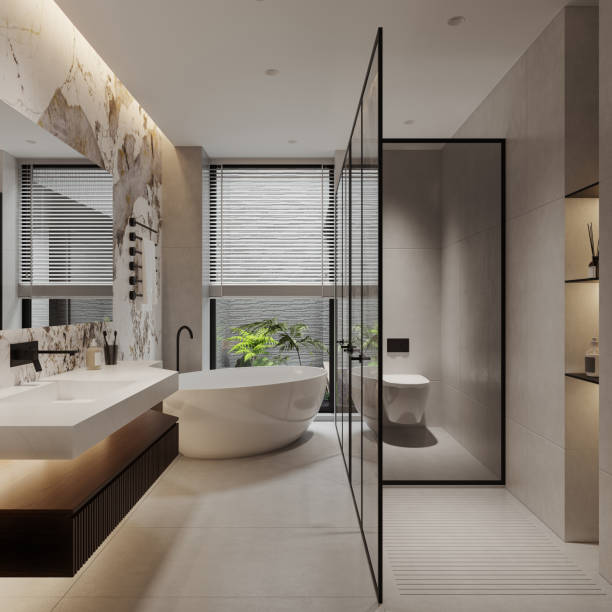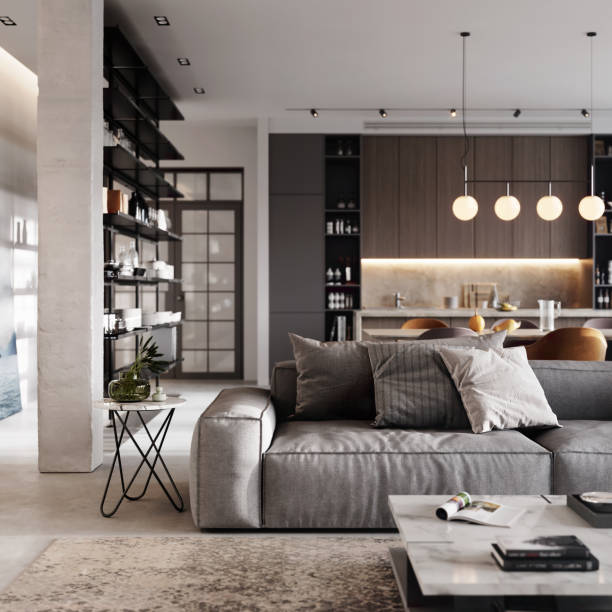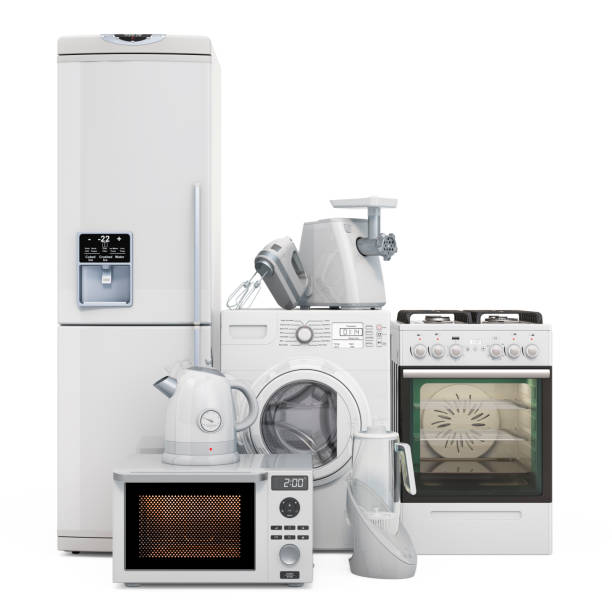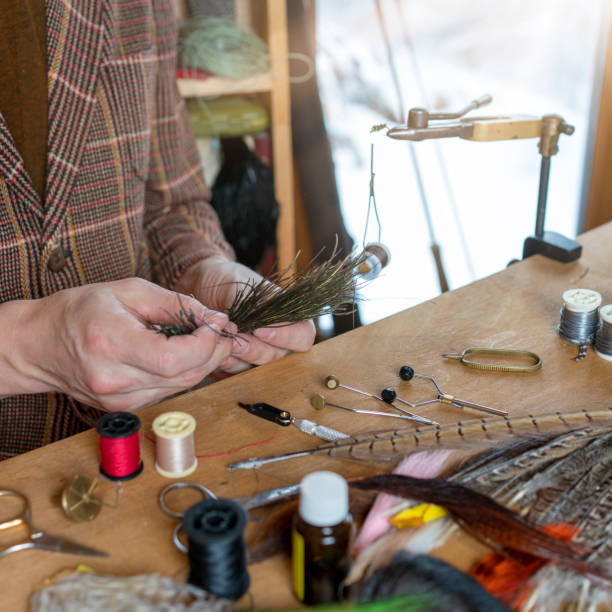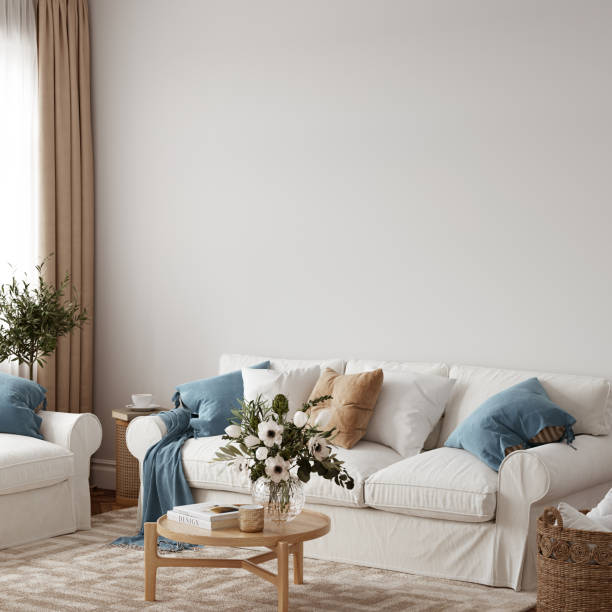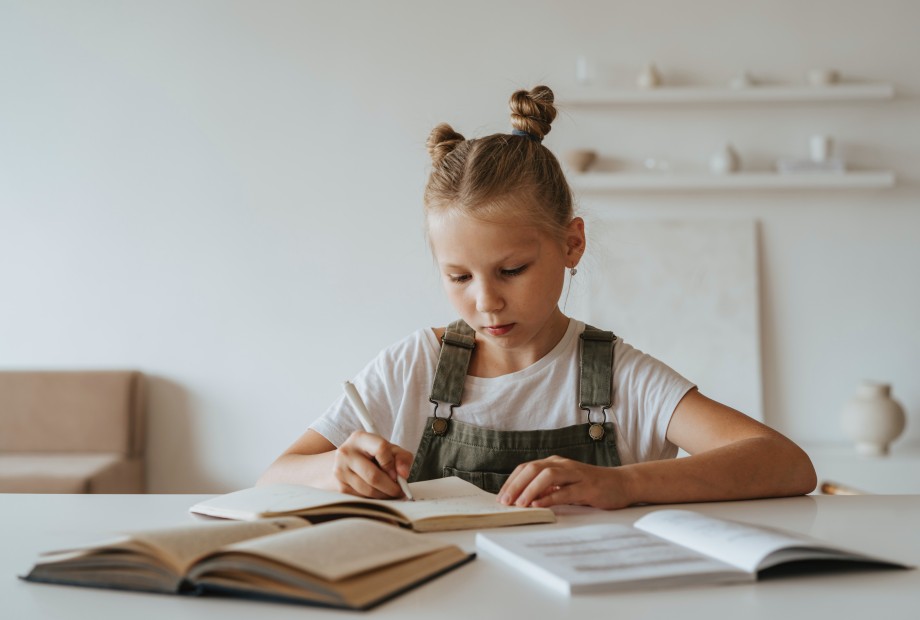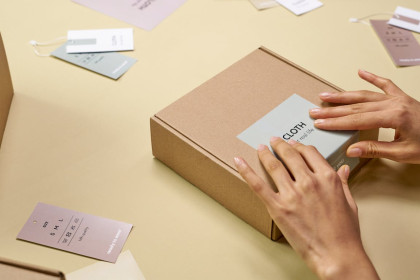The way a child's bedroom is arranged and organized can have a major effect on the way a child learns. Of course, you could go to the experts and let them design the room for you but it's not rocket science and you can quite easily do it yourself if you follow some easy tips and save quite a bit of money in the process. These tips combine functionality with attractive design conducive to study and, of course, play, creativity and leisure.
Spot On
Many children do their homework in the kitchen or in the living room where there might be a lot going on. However, it's important for a child to get used to studying in the same spot in their own room away from the hustle and bustle of family life so as to learn how to concentrate properly from an early age.
Light Up
Light is an extremely important factor for a child to do their homework or to study. The best way would be to place the desk somewhere where there is plenty of natural light ideally next to a window. A desk lamp is also essential for those darker days or evening study. Opt for bulbs with a cooler white to natural daylight range which are best for reading and study. If your child is right-handed place the lamp on the left and vice-versa.
Neat & Tidy
Keep everything neat and tidy so that your little pupil can find anything he or she needs without having to get up from their chair. Keep clutter to a minimum by storing stationery in see-through acrylic boxes, pots and cases which are not only ideal for keeping everything organized but make things easy to find too. Teach your child to put everything back in its place so that everything stays neat - it's never too early to learn tidiness.
Pin Up
A clock on the wall will help the child organize his or her time. Also pin up a school timetable so that they know each day which subjects they have in store. Pin up another timetable for extra-curricular activities such as sports, dance and music. A cork board is ideal for pinning up party invitations and photos and other fun activities.
Colour In
Interior design experts are keen on neutral shades for learning spaces as studies have shown that these are the hues conducive to concentration. Shades such as white and beige help a child to keep calm and it's the ideal background for pinning up their works of art to show them off to their utmost. Green is ideal for soothing the eyes so it's the perfect colour for the wall behind the desk.
Are You Sitting Comfortably?
Pay attention to the desk seat and choose an ergonomic chair to help your child maintain good posture. Also remember to place shelves and desks at reaching height for the child - you don't want them falling off chairs trying to clamber up and reach a book they need! Neither do you want them calling you every two minutes to get something down for them thus interrupting their study and your relaxation!
Look & Learn
Make visual aids a part of the décor to assist learning. A world globe, a poster with our solar system and others relating to the subjects your child is studying during the school year. This doesn't mean at the expense of their favourite football club or pop singer - allow space for the child to enjoy and express his hobbies and interests too. You know what they say about Jack……..!
Off Screen
Screens are a no no be they TVs, computers or tablets. These should be confined to communal areas where you can keep an eye on how long is being spent on them. Obviously this will change as a child matures but primary school age children should not be given free rein when it comes to screens given how addictive they can be and the well-known dangers they can pose.

